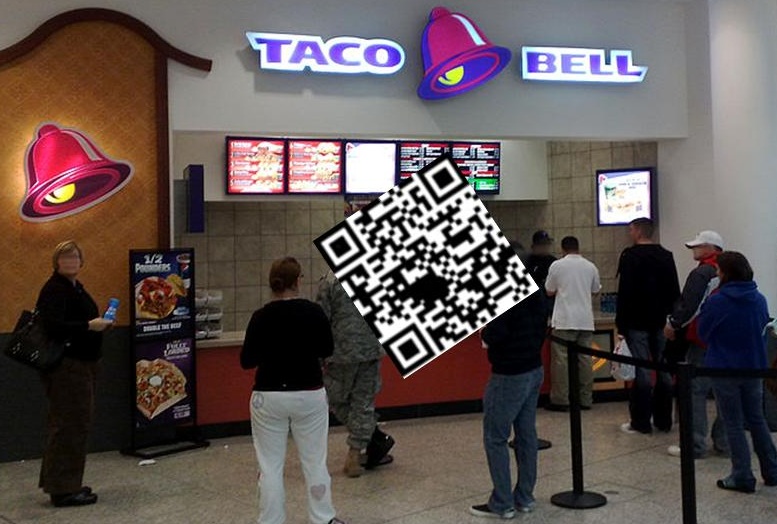 Google takes ambitious steps to secure position in mobile commerce arena
Google takes ambitious steps to secure position in mobile commerce arena
For the past year, Google has been showing strong interest in mobile commerce and online retail. The company’s Google Wallet has been somewhat well received by consumers around the world, many of whom praise the product’s ability to make purchasing products more convenient. Google has seen significant growth in the mobile commerce and retail arenas, which has lead to confrontation with companies that have long held dominance in these industries, such as Amazon.
Channel Intelligence platform could be a major boon for Google
In a move to make itself more competitive with Amazon, Google has announced the acquisition of Channel Intelligence, a data management platform for retailer inventory. Channel Intelligence could give Google the tools it needs to make major progress in the realm of e-commerce. The platform holds a vast amount of information concerning retail advertisers. Using the platform, Google will be able to access detailed retailer pricing and inventory data, as well as data on how retailers convert shoppers into dedicated customers. The platform is expected to give Google better pricing power over its own advertisements.
Platform to help Google provide better services to retailers
The Channel Intelligence platform will help Google offer better options to retailers concerning advertising through its widely used search engine. This will allow the company to establish a more dominant foothold in the world of online shopping and likely set it to directly compete with Amazon. Consumers have already proven that they rely heavily on online search to make their shopping more efficient, but more of these consumers are using mobile devices to shop and research products. Amazon already has a significant lead over Google in regards to catering to mobile consumers.
Mobile commerce demand growing among consumers
Mobile commerce continues to be a strong focus for Google and other companies interested in the retail industry. The demand for mobile commerce services among consumers has reached the point where it can no longer be ignored by retailers, thus these companies are making a push to accommodate the needs and interests of these consumers more adequately. Google has seen a major opportunity for growth in providing these retailers with tools that could make them more effective in the field of mobile commerce.

 The ESPN College Football campaign used the barcodes to generate hundreds of thousands of scans.
The ESPN College Football campaign used the barcodes to generate hundreds of thousands of scans.